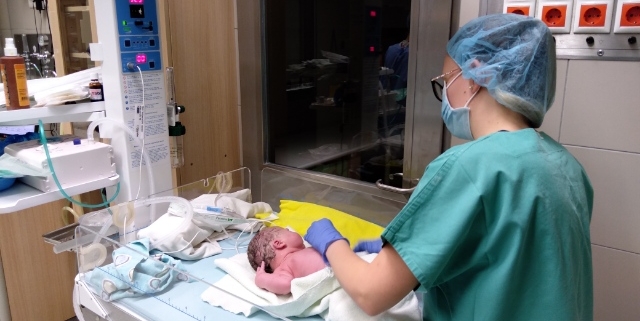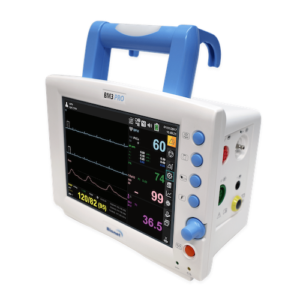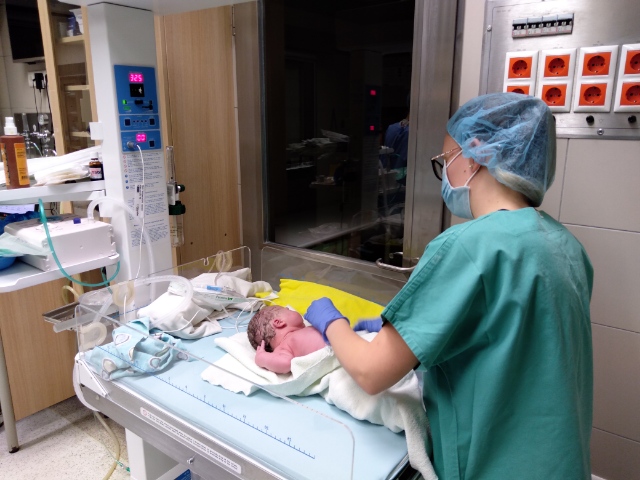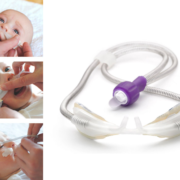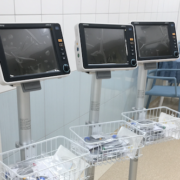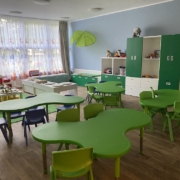Bajcsy-Zsilinsky Hospital, Budapest, 2020
For the second year running and in cooperation with our long-time sponsor Budapest Airport, the RBIF was able to support the Neonatal Department at the Bajcsy-Zsilinsky Hospital in Budapest’s 10th district.
The department cares for approximately 200 babies each year, with between 15 and 20 babies on the ward at any one time. They are currently undergoing a renovation which will provide them with two wings within the department, one for natural births and the other for C-section births.
The RBIF was able to provide two pieces of equipment this year. The first item was a Bionet Patient Monitor. This device is versatile, compact, portable and lightweight, making it easy to move from room to room, and it provides advanced parameters and analysis for accurate patient care, which can be so important in those first few hours of a newborn’s life.
The second item the hospital asked for was an incubator, but this time an open incubator. One advantage of this type of incubator, as opposed to a closed one, is that although it does not have the same level of control over humidity, it is easier to achieve that all important skin-to-skin contact as it is possible to touch the baby from above.
Senior neonatologist at the Bajcsy-Zsilinszky Hospital, Dr. Judit Jeager, revealed that:
The open incubator, which is also a warming-resuscitation table, was used in our temporary operating theatre from the moment it arrived at the hospital. The new open incubator is used daily by babies born by c-section for whom it is so necessary to be placed in a warm environment. Currently, our temporary operating theatre is part of the hospital’s operating theatre wing, where it is cooler than otherwise optimal for newborns due to the central air conditioning. Our new open incubator heats up perfectly to the desired temperature so that newborns do not cool down during care.
According to Dr. Jeager, the renovation of the department has been underway since October, which means that neither the maternity ward, nor the operating theatre (dedicated for c-sections) are usable. Both are at temporary locations within the hospital, which is why it has been extremely important to be able to provide newborns with modern equipment. When the reconstruction is complete, they will be able to use both devices in the renovated maternity ward and in the theatre.
We thank the Foundation for its support in modernising the equipment of the Bajcsy-Zsilinszky Hospital’s Neonatal Department.

